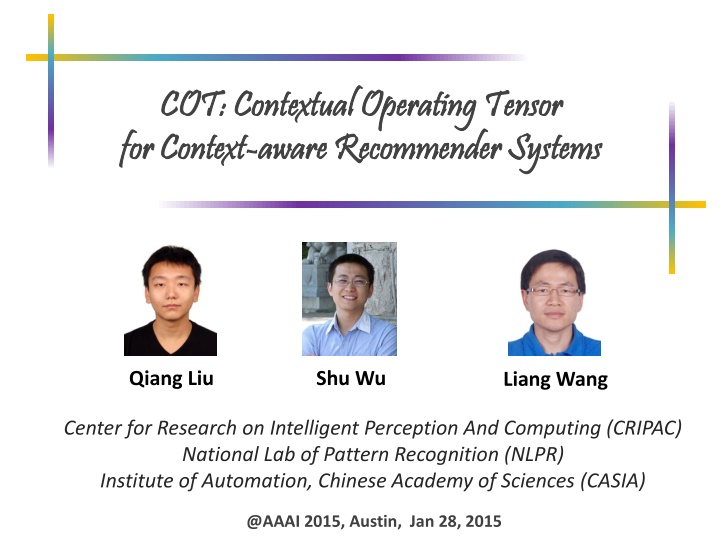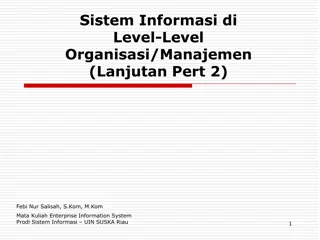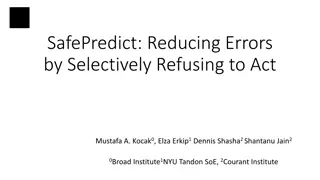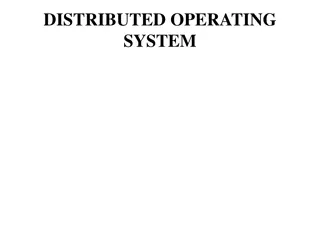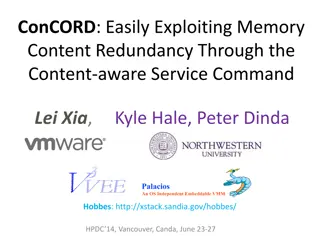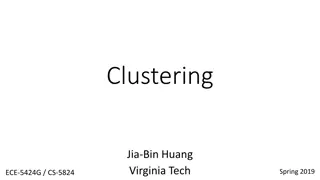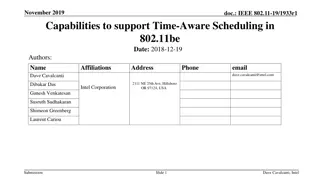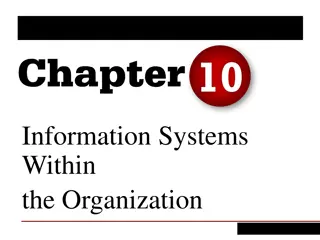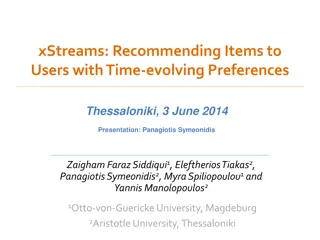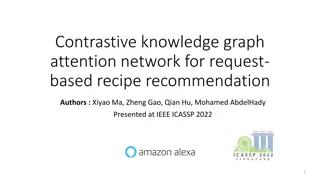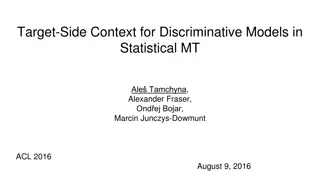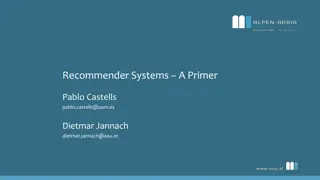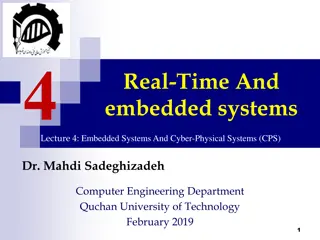Context-aware Recommender Systems: Overview and Concepts
In this content, the Overview of COT (Contextual Operating Tensor) is presented, focusing on context-aware recommender systems. The images and related works delve into the tensor factorization and latent vectors of entities, illustrating computational procedures under different context combinations. The text discusses the representation of users and items under various contexts and explores matrix factorization methodologies with biases and contextual operating matrices.
Download Presentation

Please find below an Image/Link to download the presentation.
The content on the website is provided AS IS for your information and personal use only. It may not be sold, licensed, or shared on other websites without obtaining consent from the author.If you encounter any issues during the download, it is possible that the publisher has removed the file from their server.
You are allowed to download the files provided on this website for personal or commercial use, subject to the condition that they are used lawfully. All files are the property of their respective owners.
The content on the website is provided AS IS for your information and personal use only. It may not be sold, licensed, or shared on other websites without obtaining consent from the author.
E N D
Presentation Transcript
COT COT: Contextual Operating : Contextual Operating Tensor for Context for Context- -aware Recommender Systems aware Recommender Systems Tensor Qiang Liu Shu Wu Liang Wang Center for Research on Intelligent Perception And Computing (CRIPAC) National Lab of Pattern Recognition (NLPR) Institute of Automation, Chinese Academy of Sciences (CASIA) @AAAI 2015, Austin, Jan 28, 2015
Context-awareness (Location) (Time) School: An Inconvenient Truth Home: The Lord Of The Rings Weekdays: Data Mining Weekends: Gone With the Wind Child: Finding Nemo Girlfriend: Titanic Happy: The Merchant of Venice Sad: Hamlet (Companion) (Mood) 3
Related Works Multiverse recommendation1: user item context Factorization machine (FM)2: user item+user context+item context Contexts are treated as other dimensions similar to the dimensions of users and items. Calculate the similarity among user, item and context. user context item context 4 (1) Karatzoglou et al, Multiverse recommendation: n-dimensional tensor factorization for context-aware collaborative filtering. (2) Rendle et al, Fast context-aware recommendations with factorization machines.
Ideas user context item (????,???????) (????,???????) representation of user under context representation of item under context 5
Overview of COT Contextual operating tensors and latent vectors of entities are shown on the left side, and the computational procedure under each context combination is illustrated in the square. 6
Overview of COT Matrix Factorization with Biases: 7
Overview of COT Contextual Operating Matrix: 8
Overview of COT Combination of Contexts: 9
Overview of COT Contextual Operating Tensor: 10
Overview of COT Overall Function : 11
Experiments compared methods SVD++ Multiverse recommendation FM HeteroMF1 metrics dataset splitting RMSE MAE All Users Cold Start dataset Food dataset #contexts 2 contexts virtuality, hunger when, where, companion, release, recommendation hour in a day, day in a week Adom dataset 5 Movielens-1M 2 12 (1) Jamali and Lakshmanan, Heteromf: recommendation in heterogeneous information networks using context dependent factor models.
Performance Comparison Food Dataset Adom Dataset Movielens-1M 13
Weights of Different Contexts Food Dataset Adom Dataset Movielens-1M 14
Distributed Representation of Contexts We use PCA and project the distributed representations of contexts in the Adom dataset into a two-dimensional space. 15
Distributed Representation of Contexts We use PCA and project the distributed representations of contexts in the Adom dataset into a two-dimensional space. 16
Distributed Representation of Contexts We use PCA and project the distributed representations of contexts in the Adom dataset into a two-dimensional space. 17
Distributed Representation of Contexts We use PCA and project the distributed representations of contexts in the Adom dataset into a two-dimensional space. 18
Distributed Representation of Contexts We use PCA and project the distributed representations of contexts in the Adom dataset into a two-dimensional space. 19
Distributed Representation of Contexts We use PCA and project the distributed representations of contexts in the Adom dataset into a two-dimensional space. 20
Conclusion Model the contextual information as the semantic operation on entities Use contextual operating tensor to capture the common semantic effects of contexts, and latent vectors to capture the specific properties of contexts. Generate the contextual operating matrix from contextual operating tensor and latent vectors. 21
Thanks! Q & A Qiang Liu Contact: qiang.liu@nlpr.ia.ac.cn 22
